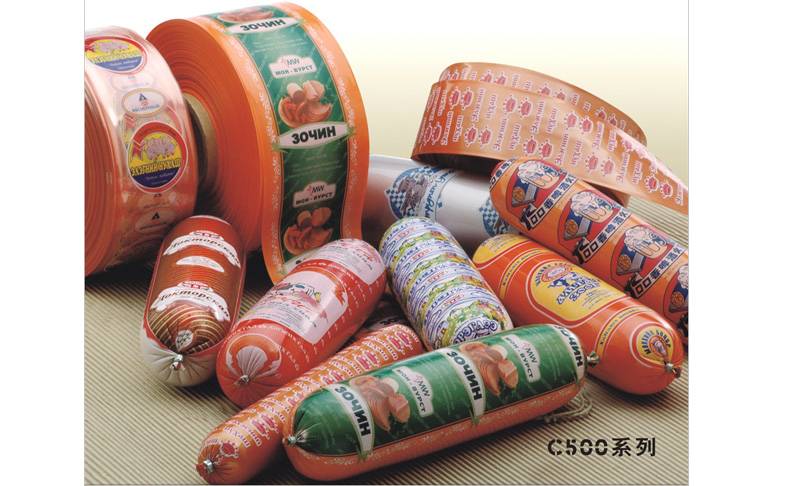Stuffed sausage is a habit in many places years ago. Everyone knows that sausage stuffed requires casings. Many people make sausage stuffed at home and will encounter the situation of handling the casings themselves. Let's follow the Sausage Casing Clip Supplier to see how to wash the sausage casings and how to make the casings at home.
Remove the sticking oil and membrane on the pig's small intestine. Grasp one end of the pig's small intestine with one hand, and stroke the small intestine from head to tail with the other hand, stroke off the dirt in the small intestine, and wash it with water. Then stand upside down with a chopstick, insert it from 2-3 cm from the outer end of the pig small intestine, and swipe the whole pig small intestine onto the chopsticks, so that the tip of the chopsticks is exposed, so that you can easily put the pig small intestine into it. The layers are turned over. Turn the pig's small intestine all the inside out. The inverted pig small intestine is rubbed repeatedly with starch, raw flour or salt and detergent. You can also pour a little cooking oil and wash it with water. After washing, rinse with water for 2-4 times.
The processing method of Sausage Casing: first wash away the salt particles on the surface with warm water, and then soak in warm water for more than 5 hours. Put the soaked casing on the faucet and rinse the inner wall of the casing. The purpose of this is to lubricate the inner wall of the casing and make it easier to pour when filling.

Sausage Casing
1. Rinse the pig small intestine with running water several times to wash away the dirt and mucus on the surface of the intestine.
2. Use scissors to cut the small intestine every 60cm.
3. Pinch one end of the pig's small intestine with both hands, keep it open, and pour the small intestine with flowing water to clean and remove the dirt in the small intestine.
4. Pinch the edge of the opening of the small intestine with both hands, turn the opening outward, and pour water into the flipped interlayer.
5. Use the weight of running water to push the remaining part of the small intestine toward the middle, so that while flushing the small intestine, you can flip the small intestine out and make the inner wall outward.
6. Add 3 tablespoons of salt to the turned small intestine and knead until there is no dirt on the inner wall of the small intestine, and then rinse it again with running water.
7. Sprinkle 100g of flour on the pig small intestine, knead the small intestine fully, remove the small intestinal mucus and peculiar smell, and rinse it with running water. Then put the small intestine on the faucet and turn on the faucet for irrigation, and repeat steps 4 and 5 to turn the small intestine back to its original shape.
8. Pinch the opening of the small intestine with both hands again, and rub it carefully to separate the epidermal membrane from the inner layer.
9. Carefully tear off the separated epidermal film, and remove the white oil film and tendons on the small intestine. Be careful not to tear the small intestine during operation.
10. Finally, turn the small intestine again to make the inner wall outward, and lay it flat on the chopping board. Use the edge of the square-sided chopsticks to remove the thick film of the inner wall of the casing. At this time, a milky white transparent film will be left. This is the casing for the sausage filling.
1. The ratio of fat to thin for making sausages is preferably 3:7. The ratio of fat to thin can be adjusted according to your own preferences, but not too thin. If it is too thin, the sausage will eat more wood.
2. The dried sausages can be stored in a cool and ventilated place for a winter. After the weather gets warmer, you can put the leftover sausages in the freezer compartment of the refrigerator and keep them frozen to prevent deterioration. It can also be stored in the refrigerator after the sausage is dried, to prevent the sausage from drying out for a long time.
3. Filling sausages can follow the method I said, or take the marinated meat and washed casings to the special sausage filling place and ask someone to fill them on their behalf, which will save a lot of trouble.
4. The production of sausages is suitable for humid and cool places such as Sichuan. The climate in the north is too cold outside and too hot indoors, which is not suitable for making sausages.
5. Casings can be bought in the free market where pork is sold.
The company also provides Sausage Casing Clips and sausage shears, please feel free to contact us if necessary